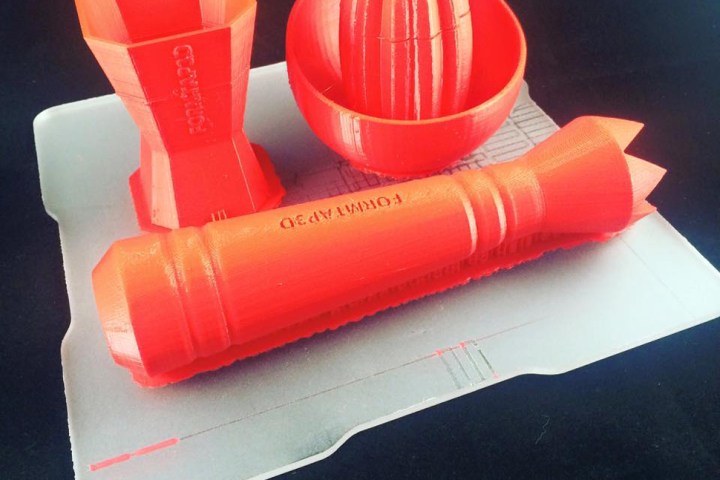
The pharmaceutical giant is already the proud creator of the world’s first 3D-printed Spritam (used to treat seizures), which features a layer of the drug in powder form between two layers of liquid. 3D printing allows for these pills to dissolve almost instantaneously upon meeting with water (or liquid in general), making them extremely effective and useful for epilepsy patients.
Indeed, as VentureBeat notes, 3D printing allows for manufacturers to customize their drugs like never before. Not only can they account for a wide range of important factors at the microscopic level, but they can also adjust flavors, colors, and pill size. Moreover, 3D printers are not bound to the traditional drug forms like large capsules or tablets — rather, pharmaceutical companies can now create drugs that adhere to individual preferences.
Drug makers are also given the ability to control dosage strength and release time by altering a drug’s surface area by modifying the shape. Previously inconceivably complex forms are now made far simpler by the availability of 3D printers, and this means a brand new series of possibilities for manufacturers.
But it isn’t just Big Pharma that could benefit from the 3D revolution. Indeed, if these printers make both creating and accessing drugs so easy, hospitals and even individuals themselves could cut out the middle man, making the treatments they need on a personal basis. But of course, giving out recipes to drugs comes with some serious risks — this isn’t quite like baking, where replacing the baking soda with the baking powder just becomes a textural issue.
So for now, let’s leave the drug making to the drug companies, and celebrate the fact that they have another tool at their disposal. Maybe later, we’ll revisit doing it all ourselves.


